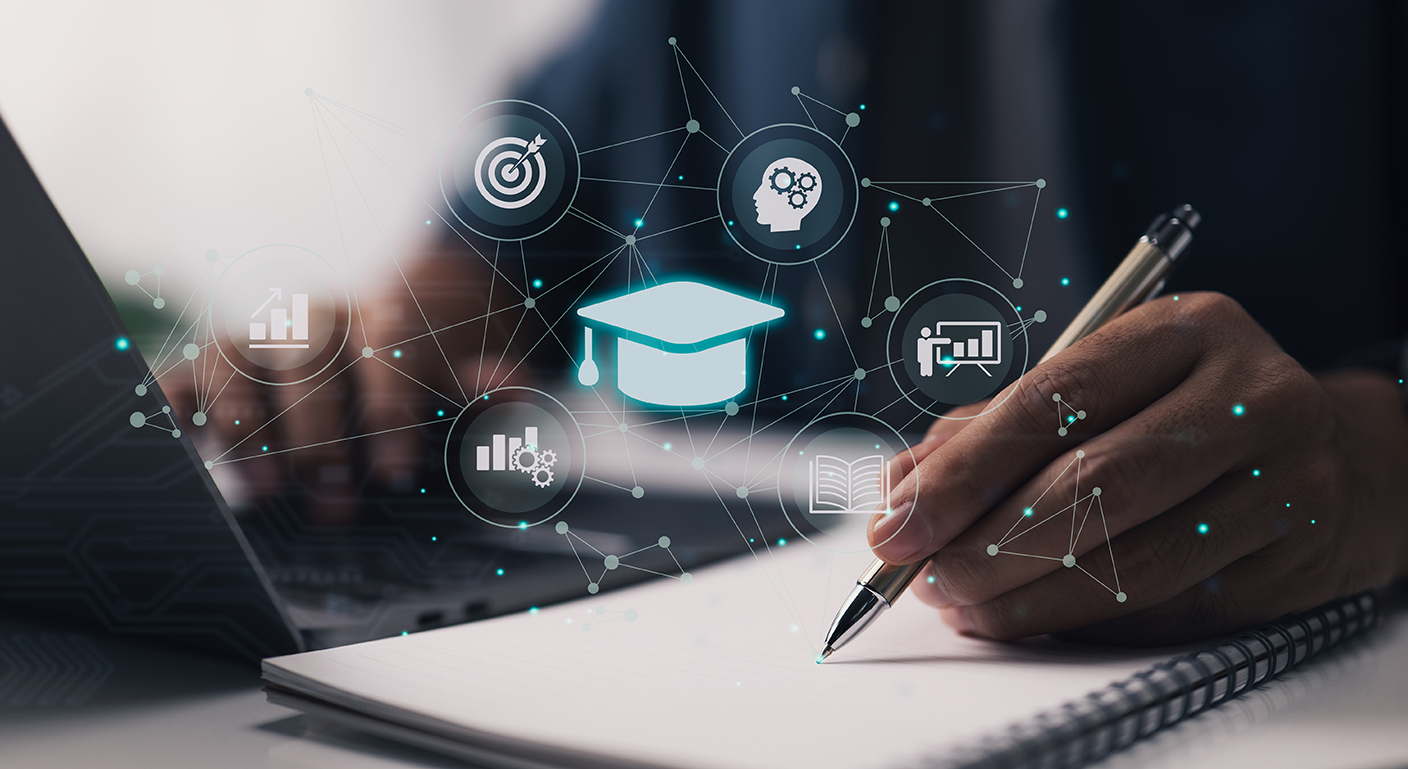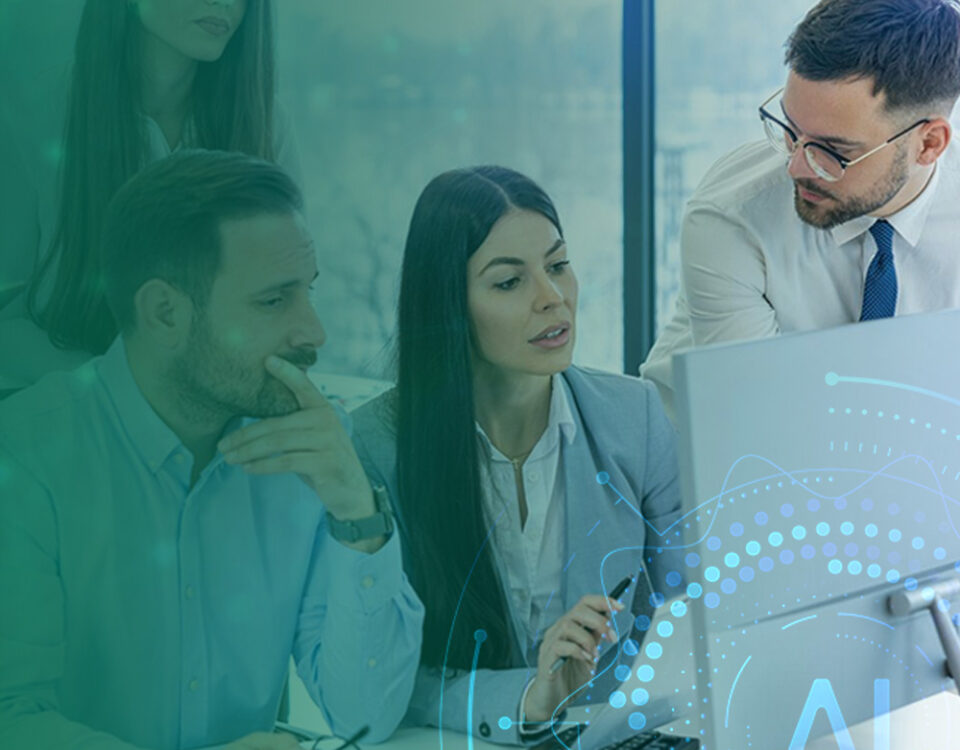
Adopting Virtual Reality Learning Solutions to Future Proof Employees
June 8, 2023
Four Leading Learning and Development (L&D) Traits to Watch Beyond 2025
June 8, 2023
Adopting Virtual Reality Learning Solutions to Future Proof Employees
June 8, 2023
Four Leading Learning and Development (L&D) Traits to Watch Beyond 2025
June 8, 2023Ensuring Accessibility and Inclusivity in eLearning with Ozemio
In the realm of Learning and Development (L&D), Diversity, Equity, and Inclusion (DEI) have become crucial components for fostering an inclusive environment.
A LinkedIn survey revealed that 69% of recruiters and HR professionals prioritize diverse hiring. As the organization starts to implement their DEI initiatives in reference regulations such as Affirmative Action Compliance it is imperative to look at learning and development initiatives from the lens as well.
The importance of Accessible and Inclusive Training
Accessible and inclusive learning boosts engagement, productivity, and growth. This blog explores how integrating accessibility and inclusivity in eLearning can create an unhindered and seamless learning experience for all employees.
The Four Pillars of Accessibility
The Web Content Accessibility Guidelines (WCAG) provide a robust framework to ensure that online content is:
- Perceivable: Information must be presented in ways that users can perceive.
- Operable: Users must be able to operate the interface.
- Understandable: Information and the operation of the interface must be understandable.
- Robust: Content must be robust enough to be interpreted by a wide variety of user agents, including assistive technologies.
Inclusive & Accessible eLearning Strategy
DEI is a part of human existence. The World Health Organization estimates that 1.3 billion people, or 16% of the world population, have significant disabilities. Most organizations report that their workforce includes relatively few employees with disabilities: just 4% to 7% on average. In a BCG survey of nearly 28,000 employees in 16 countries, some 25% of people said they have a disability or health condition that limits a major life activity.
This means organizations with inaccessible learning solutions are not accommodating a large part of the population. Moreover, the number of people living with disabilities is expected to increase in the coming decades. The CDC (US Centers for Disease Control and Prevention) reports that 27% of adults, about one in four in the US, have some type of disability. The European Accessibility Act mandates companies that do business in the EU to generate accessible digital experiences, with compliance deadlines approaching 2025.
Common client questions we have encountered regarding DEI and accessibility
- How to ensure the learning materials are DEI compliant?
- Can we bring accessibility to all our courses, if yes, how?
- How do we ensure our courses meet the regulatory standards, such as AA, EAA, ADA, Section 508 compliant or AAA compliant?
A discrimination free, bias-free and respectful environment directly improves employee's psychological safety and improve the feelings of inclusion. Bringing inclusivity and accessibility in eLearning further can greatly influence retention and overall organizational success.
Hire trusted solution providers to provide human-centric learning solutions
As the current state of business is expecting to witness employee skilling and enablement at a much faster pace, creating accessible and inclusive learning environments helps businesses earn trust, increase reliance, and increase revenue.
Solution partner having experts who understands the type of abilities and design learning strategy based on it. Effective eLearning addresses disabilities that could be temporary, situational, or progressive.
Educating Administrators, Educators, Practitioners and Professionals and Other Personas
Before implementing eLearning strategy with accessibility and inclusive learning solutions, it is imperative for the organization and its key stakeholders to be prepared. As training complements organization’s DEI initiatives, educating stakeholders to ensure fair treatment and long-term behavior change.
Starting with defining learner personalities, their current state in DEI learning journey, understanding unconscious bias, and assessing the key gaps to make targeted improvements.
Think of long-term training, as DEI is here to stay
Program reflecting longevity is deemed scalable. Can start with repurposing the existing courses to make it accessible and further DEI compliant. Learning modules that are DEI compliant, free from challenges of biases, stereotypes, poor cross-cultural communication, and focusing on how employees can co-exist to work towards a common organizational goal, and modern efforts to reduce harm at modern workplace.
Creating inclusive and accessible eLearning – proven learning practices
Accessible eLearning uses clear and concise information. It will have content to be explored in multiple formats, such as text, audio, images, videos, having closed captions, transcripts, audio descriptions to accommodate the learning preferences and overall accessibility of the module. Additionally, will be able to provide flexible learning pathways while addressing multiple learning abilities, and overall ensures that the learner feel valued and included. Inclusive and accessible learning fosters a safe learning space for all leaners to share their perspective and ask questions.
We have partnered with the world's largest sports authorities for learning solutions required to train the volunteers, and educators for specially abled athletes. The learning course was aimed to bring positive impact and improve the outcome of specially-abled sports person.
The DEI experts make an impact with learning for all strategies. Embrace the future of eLearning with Ozemio and create a truly inclusive and accessible learning environment for all your employees.
Mitch Oatman has spent the last 30 years working with large global organizations helping them improve their corporate learning strategies, and optimizing work that can be accomplished with limited resources. During his career he has helped learning professionals focus on high impact learning interventions and collaborated with learning executives to engage in a model that fits with their priorities and in house learning talent structure.




